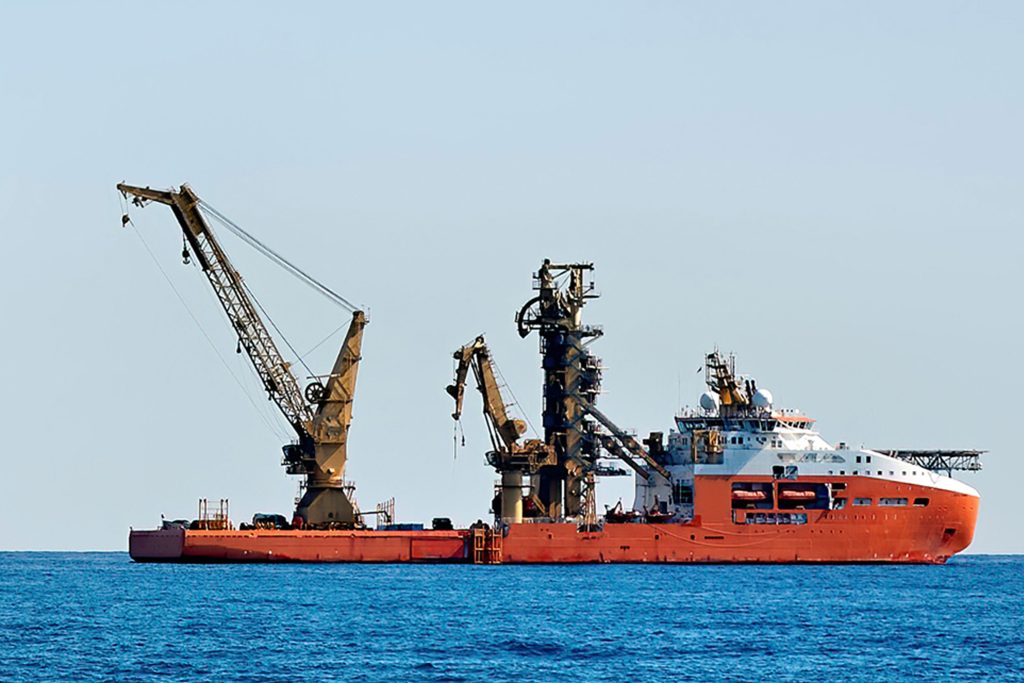Emerging Trends Point to Robust Expansion in Offshore Support Vessel Sector

Offshore support vessels (OSVs) stand as indispensable assets tailored to deliver vital support services across a spectrum of oil and gas operations. Their pivotal role extends to bolstering offshore drilling rigs and oil-producing infrastructure, encompassing production platforms and FPSO units alike. Notably, these vessels serve as linchpins in expediting pipe laying endeavors and facilitating the decommissioning of offshore rigs. As the oil and gas arena, particularly in locales like the North Sea, braces for a substantial wave of platform decommissioning, pipeline overhauls, and well closures projected by 2040, the clamor for offshore support vessels is poised to surge significantly.
Projections hint at the global offshore support vessel market’s ascent from USD 22.6 billion in 2023 to a formidable USD 31.4 billion by 2028, registering a robust CAGR of 6.7% throughout the forecast horizon.
Venturing into the heart of this burgeoning sector unveils a tapestry woven with hefty investments in offshore oil & gas ventures and renewable energy initiatives. The uptick in deepwater ventures coupled with the phased-out retirement of aging offshore infrastructure beckons promising prospects for the offshore support vessel domain.
Steering attention to regional dynamics, the Asia Pacific emerges as the frontrunner in the offshore support vessel landscape. Comprising economic behemoths such as China, India, Indonesia, Malaysia, Vietnam, and Thailand, the region is witnessing an unabating surge in offshore exploration and production (E&P) capital expenditures (CAPEX). According to insights from Scottish Development International, the Asia Pacific is poised to command approximately a quarter of global spending on novel offshore ventures, underscoring its pivotal stature in the maritime realm. Policymakers across the Asia Pacific theater are doubling down on propelling offshore endeavors in deep and ultra-deep waters, marking a strategic paradigm shift. Noteworthy projects dotting the offshore landscape encompass Australia’s Briseis, Scarborough, and Laverda endeavors, Malaysia’s Rotan, Gumusut-Kakap, and Petai undertakings, India’s KG-D6 complex, and Indonesia’s Gehem initiative. Moreover, the region bears witness to a burgeoning fleet of offshore support vessels, buoyed by the burgeoning presence of vessel manufacturers, particularly hailing from China and South Korea. In a landmark move in February 2021, China National Offshore Oil Corporation unveiled its ambitious blueprint for the year, charting a course to fortify hydrocarbon output. The crescendo of the offshore support vessel market in the Asia Pacific sphere finds its crescendo in escalating deepwater ventures, the gestation of fresh oil fields, and the amplification of offshore wind farms, painting a sanguine panorama for the industry in this dynamic theater.
Meanwhile, North America emerges as the pace-setter in the offshore support vessel arena, with the region poised to outpace growth in the Asia Pacific, Europe, and the Middle East. Bearing testament to this momentum is the North American region’s 2.5% uptick in oil production on a year-on-year basis in 2022. Notably, the US Gulf of Mexico witnesses a flurry of offshore activities, with nascent projects unfurling on the horizon. Such tailwinds are primed to underpin the uptick in demand for offshore support vessels across the region, cementing its stature as a crucible of maritime dynamism.
Information
- 1 King Street, London EC2V 8AU
- contact@ehtcaconsulting.com
- +44 7300 813392

